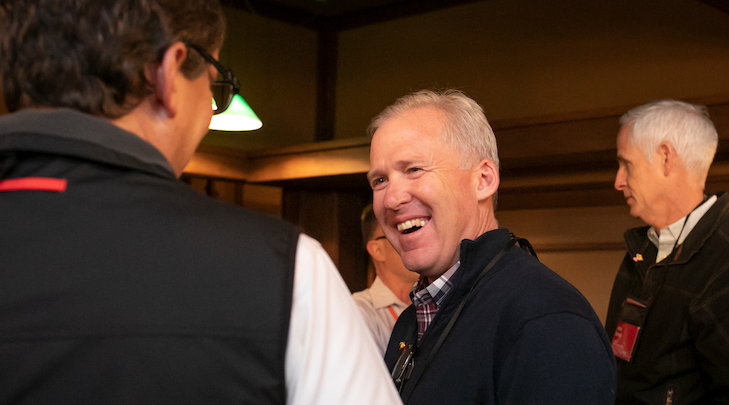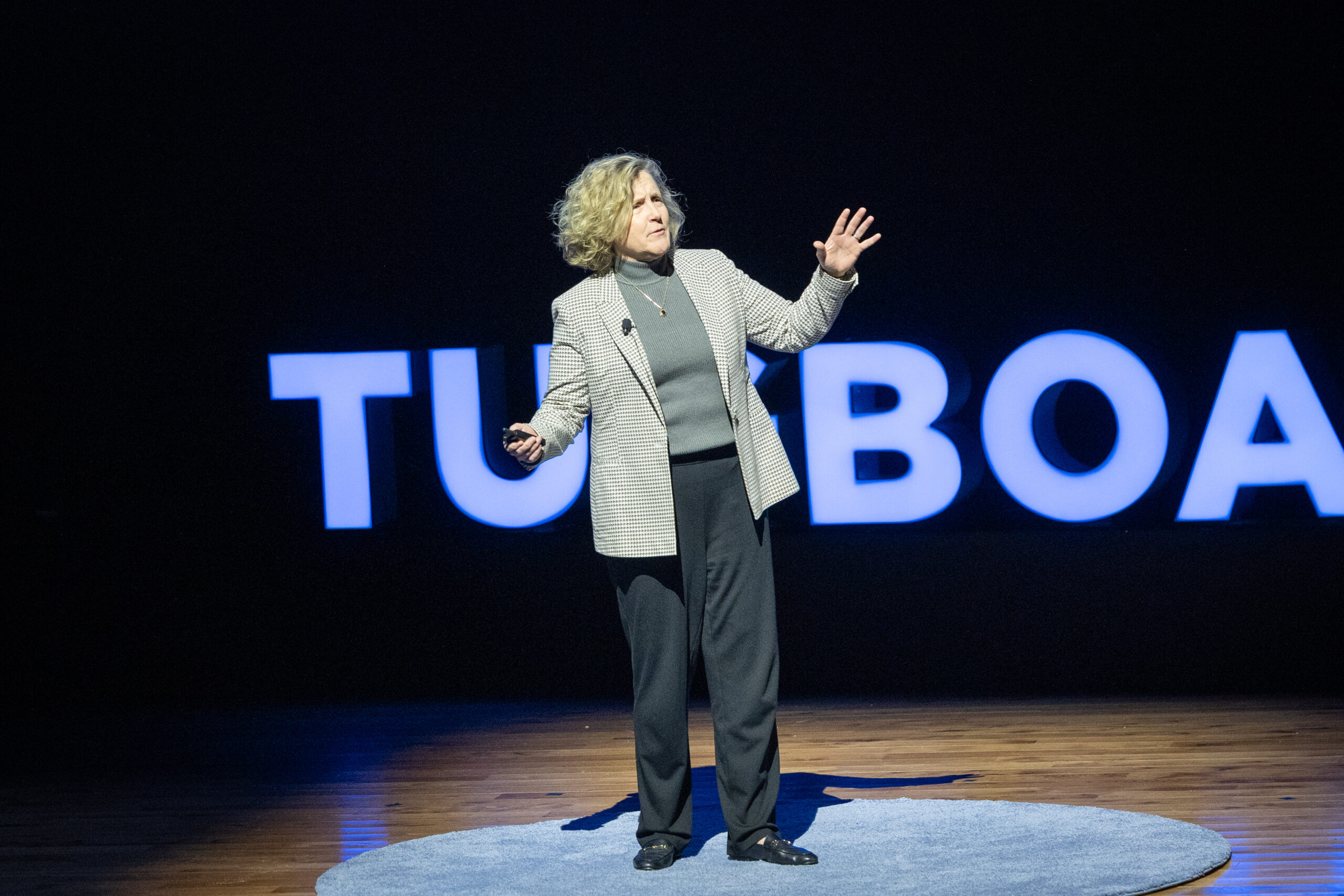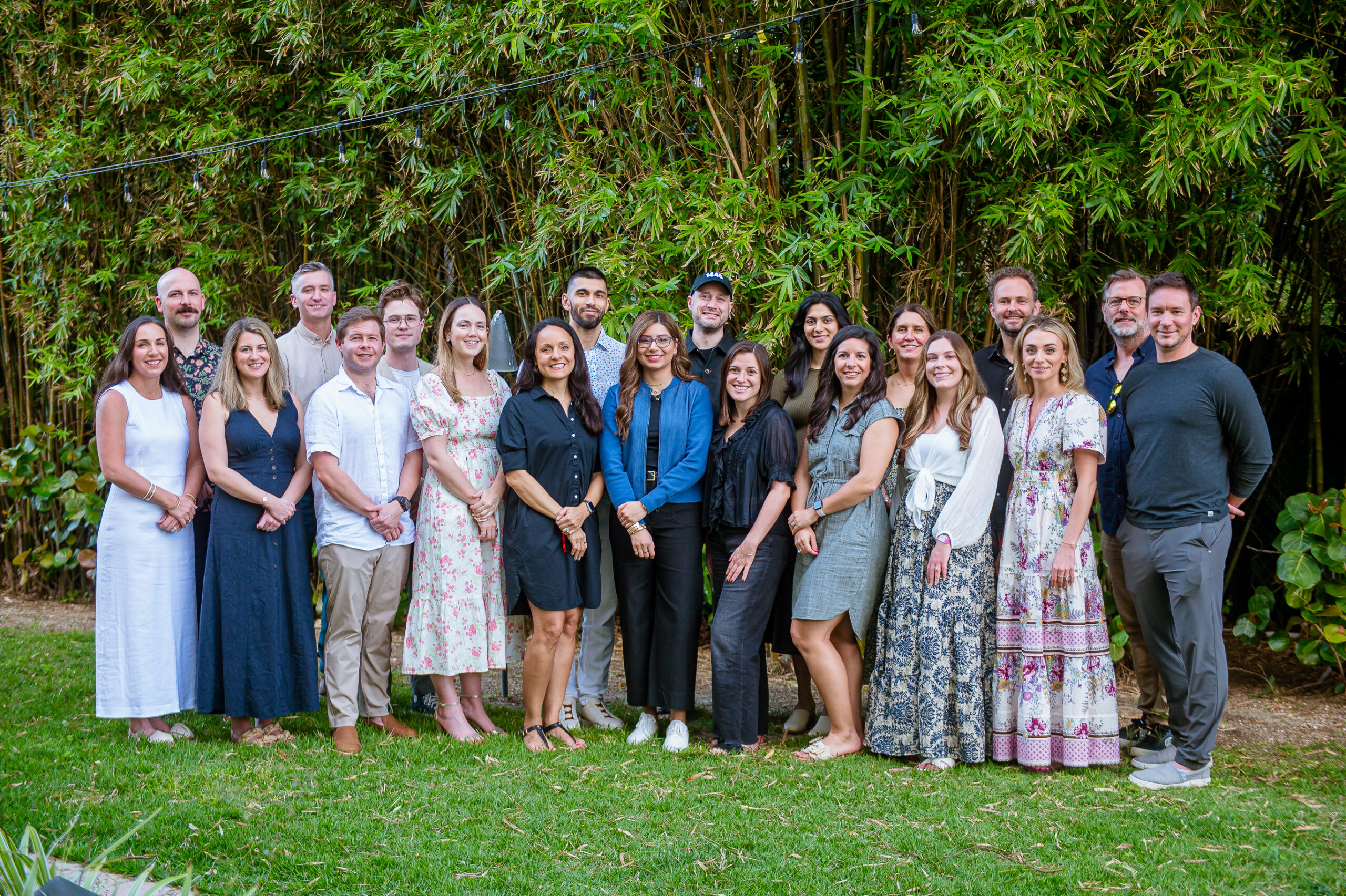

Committed to Community
- John Creighton
- High Plains Bank
Our Evergreen business, High Plains Bank, is built upon a foundational belief that the civic and economic health of communities requires vibrant civic institutions from all sectors—public, non-profit, religious, and business.
Communities can achieve powerful goals when decision makers and residents from all sectors of a community come together. Working together makes it far easier to account for different interests, marshal unique resources, and build the social capital required to tackle tough community challenges. Remove one sector from this equation, and the work becomes profoundly more difficult.
This holds true for business-customer relationships, too. When customers have the opportunity to deal directly with decision makers, they are far more likely to find solutions to their unique needs and interests. Take decision makers out of the equation, and customers lose a significant level of efficacy. They are forced to fit in the business’ context.
Our commitment to support the vitality of our communities began more than one hundred years ago. Founded as the Flagler State Bank, in Flagler, Colorado, in 1908, my grandfather, Alex Creighton, became the bank’s cashier in 1920 and, together with his sons, bought control in the early 1960s. Members of all four branches of our family are still actively involved. We are explicit that our first goal is to make a lasting impact in our communities.
A focus on the civic health of our communities may seem strange for a financial institution, but we have found it to be a recipe for success. Now operating in four Colorado communities, we tailor our banking practices to the specific needs of each community. By necessity, many people in our communities operate multiple businesses. Others are both entrepreneurs and employees. We tailor our deposit products and lending practices to accommodate these circumstances.
In Longmont, where I live, we have a significant immigrant population. Working with an immigrant advocacy group, we learned that the cost to apply and take the test for U.S. Citizenship required a $900 up-front fee. This is beyond the reach of many aspiring citizens. We developed a low interest, unsecured loan to pay this fee. More than a dozen people are pursuing or have achieved citizenship through this offering, and we’ve never had a late payment.
Our community-centric approach also has a major impact on personnel policies, reflected in a saying we voice regularly: “Our secret sauce is that the bank is our third priority. Family and community come first.” Employees of our bank who are parents don’t have to use PTO to attend parent-teacher conferences or sporting events—schools and children come before work; we stop bank meetings when our employee-EMTs are called out on an ambulance run; and, employees who serve on public boards are encouraged to do so during business hours, as needed.
We don’t adopt these practices out of charity. Our shareholders have enjoyed nearly a 12 percent annual return over the past five years, and the bank has been growing by more than 11 percent annually over the same period. Nor do we take on these community-centric practices with a nostalgic desire to be a modern day George Bailey from A Wonderful Life. Our approach to banking is guided, in part, by community development research conducted by people like Vaughn Grisham, who completed longitudinal studies in Mississippi, as well as by the social science research I completed prior to my career as a banker.
As we continue to prioritize community, we learn from and are guided by personal experience. We have witnessed first hand how communities are handicapped when decision-making is stripped from local business. Smaller communities—the type with which we’re familiar—are struggling to learn how to replace the loss of leadership from newspapers, grocery stores, and funeral homes, among other businesses, which were once owned locally but are now often part of large corporations.
It is important to note that we are not so naïve as to believe a community-centric bank like ours can continue to operate in the future as we always have. We understand people’s expectations around how they manage money, payments, and finances in general are changing dramatically. We are investing more than we ever have—by three-fold—to respond to these changes and develop methods to be digitally trans-geographical. We are learning to help customers do things for themselves, around the clock, no matter their location. We will remain community-centric but we will also strive to build communities of customers who share our values beyond our traditional geographic boundaries. This work is in its infancy, and we’re excited to see where it leads.
Our ability to nimbly tackle challenges and remain relevant in a rapidly evolving industry also began decades ago. My father, uncle, and aunt (a pioneer for women in business), inculcated a deep sense of family loyalty, civic responsibility, and entrepreneurial spirit. As testament to their teachings, all four branches of our family remain actively engaged with the enterprise. We are beginning the intentional work of helping the fourth generation of our family understand the values of being stewards of a community institution.
My father and my uncle also insisted that employees be part of the ownership group. They formed an ESOP in 2003. Today, through the ESOP and individual ownership, our employees own more than 25 percent of the bank. Among the 70-plus Colorado chartered banks, we are aware of only eight that have ESOP programs (based on information provided by the Rocky Mountain Employee Ownership Center). When people ask us, “Are you like all the other banks? Are you for sale?” our reply is, “We’re already selling it to our employees.”
Our independence is one of the cornerstones of our long-term strategic plan. It would be far more difficult to pursue our community-focused approach to banking with a different ownership structure. Our aspiration is that this approach will continue long beyond our period of stewardship.
John Creighton is President and CEO of High Plains Bank.
More Articles and Videos

Both/And Thinking: Harnessing the Positive Potential of Tensions
- Marianne Lewis
- Carl L. Linder College of Business, University of Cincinnati

Leading Through Uncertainty – Tugboat Institute® Summit 2025
- Jackie Hawkins
- Tugboat Institute

Get Evergreen insight and wisdom delivered to your inbox every week
By signing up, you understand and agree that we will store, process and manage your personal information according to our Privacy Policy




